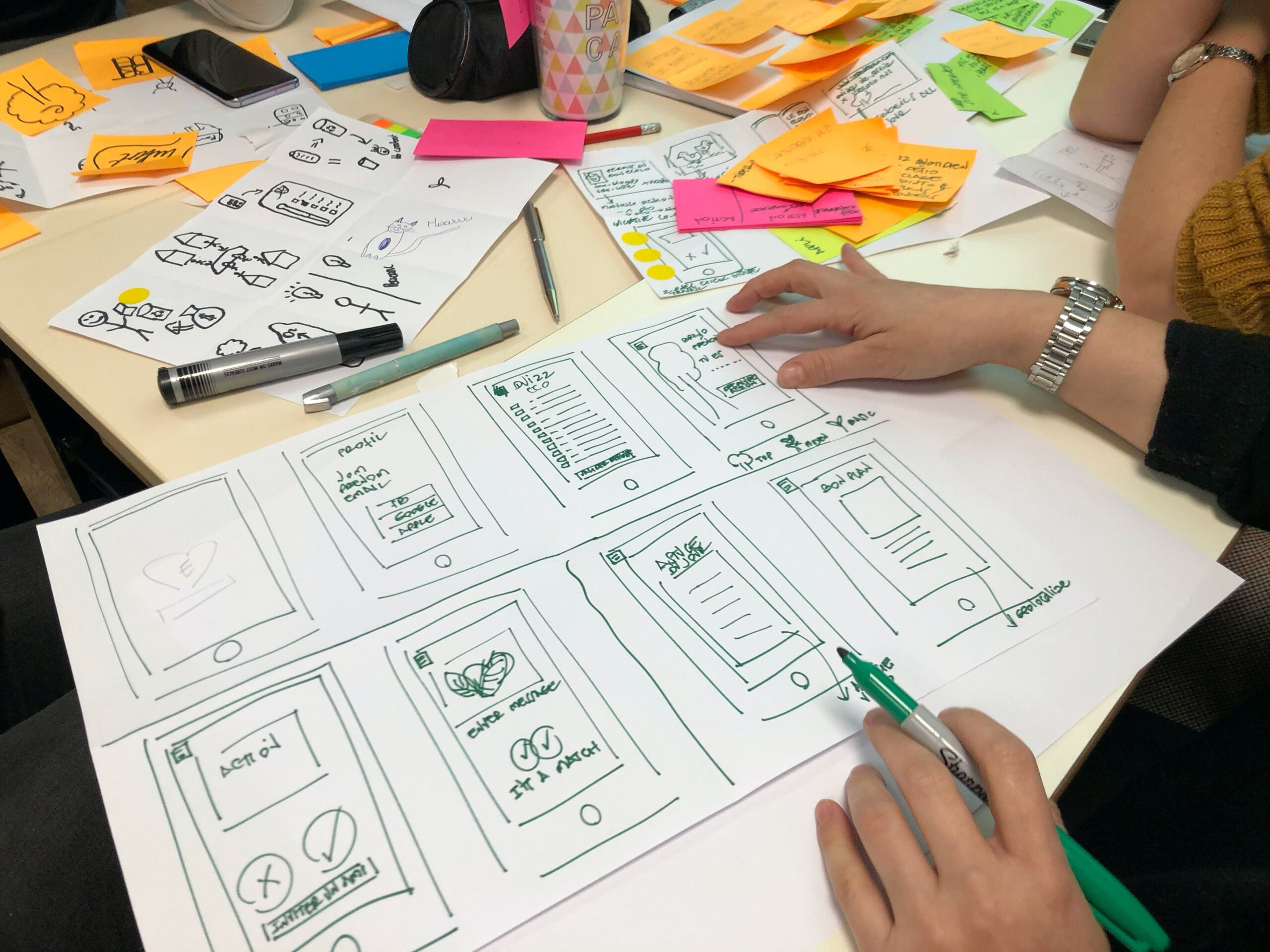Computer software has made producing designs digitally easier to do, and it’s becoming faster to produce ideas. However, despite the enhancements to technology, one thing still remains consistent: design process.
While it may be faster in some ways to produce digital content, it does not always directly correlate as having a faster design process. Before that page layout is made, before that website is coded, before that photo is edited, before that article is written, there are steps taken prior. There are behind-the-scene discussions, planning and developments taking place between the client and you or the client and project teams. How this design process goes gives a good indication of level of designer you are.
It’s common for an amateur designer to just jump into a design software and start designing off the top of their head or for a beginner developer to jump into website coding. After all, this may be a comfortable creative zone to be working in. There are very few instances though where this time is successful at first run. More often than not, changes are going to be made to your print or web design. Content will need to be edited, elements rearranged, or styles changed. When these revision rounds occur, it can slow down the process that requires editing directly to a digital file or code.
So how can we improve the efficiency of the design process? Get comfortable with pen and paper. Here are some examples where you can use sketching to aid your work:
Sketch Page Layouts
When you’re designing a print piece such as a booklet page, brochure or poster, sketching a layout can help you plan for placement of design elements. Your sketch can help you plan row and column counts as well as the placement of headings, body text and images. When finalized, you can then convert this sketch into a digital piece and add the styling.
Website Paper Prototypes
When designing a website, it’s best to start with building a paper prototype. This means slicing the rows of content and design elements into paper pieces that you can easily move, add and remove on the fly when presenting ideas to your users and client. It can help you plan the placement of design elements such as navigation menus, headings, body copy, imagery, videos, web forms and buttons.
By getting feedback early in the design process, it saves great time for when changes need to be implemented. Once finalized, you can turn your paper prototype into a digital wireframe to then further gain user feedback, and a formal user interface design continues forward from there.
Video Storyboards
If you’re creating a video, you can make use of pen and paper to sketch a storyboard of frames, like a comic strip, which provides idea of what scenes and camera angles need to be filmed or animated. It also provides context to where audio such as conversation and background sound should take place. For filming, a shot list is also created to note details such as scene order, timings, sound tracks, camera angles, and scripts.
Logo Sketches
Before diving into the computer, take time to sketch many ideas for logo composition. By many, I mean brainstorm out all ideas. Going above 20 ideas should be the norm, and you can easily narrow down from there. Experiment with logo symbols, typography placement, shapes, and density of color. Take your top sketches to then convert into digital compositions on the computer.
Sketching Saves You Time and Money
Sketching allows you to freely and quickly create design compositions without persuasive attachment to color, fonts, and placement of objects. It’s easy to get tied down to ideas when you go straight to a computer because it takes more effort to experiment, and it’s easier to duplicate shapes and make minimal design edits that prevent creative variety.
Sketches don’t have to be of grand detail. They’re messy yet simple in design. And most importantly, they start the conversation about design direction with your client and team. It’s easier to catch edits needing to be made early on in the design process. Making changes later can be challenging and expensive; so do protect your design process, and educate your client and team about why this phase is so important to do.
Before feeling the pull to take to your software and apps, practice making the pull to sketch with pen and paper first. You’ll save time in the long run, and your designs will get stronger because of it.

